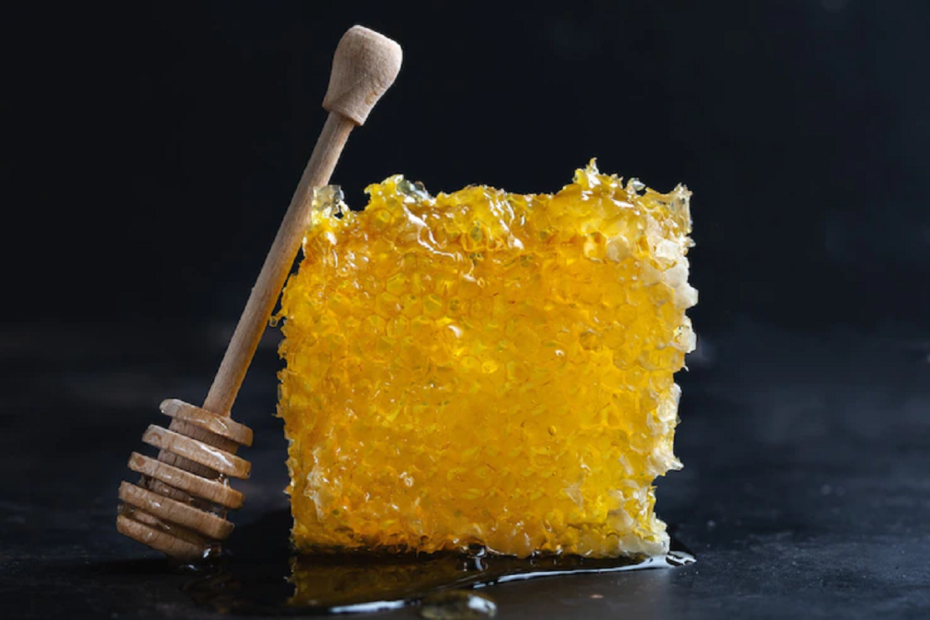Do you think you knew everything about ‘Honey’? Think again. Natural gold treasures continue to give.
Add it to the toast, garnish with tea, use it as a substitute for baking, and fill one tablespoon of the throat!
Yes, honey has long been mankind’s greatest friend, second only to dogs! Its history has been linked to that of human societies over a period of a thousand years. People have come to realize its amazing value as a nutritious food, a delicious ingredient in medicine, and a cure for diseases and wounds.
How, then, is honey really made?
If you have ever heard the expression ‘busy bees’ then you will really enjoy where that word comes from.
Honey is a golden, sweet, beeswax liquid that comes from nectar. It is used as food for bee stings or as long food for the whole hive. The bee bee will need more than an hour and more than a thousand flowers to collect 40mg nectar. That may explain why flowers are so important to our bees and to our honeycombs.
In order to collect the most valuable nectar, the edible bee will travel about a mile [1 km] a day around the hive. Once the food-eating bee has collected the nectar, it will store it in its honey stomach. This is where the enzymes and proteins that will be added to it trigger the chemical reaction.
When the feeding bee returns to the hive, it will transfer nectar to the hive living in the hive. With so many transfers, nectar will be converted and the resulting substance, honey, will be ready to be stored in the honeycomb as a source of food.
A really short history of honey:
The first honey harvest records come from paintings in caves dating back to 8000BC found in the Araña Caves in eastern Spain. The drawings show a man harvesting from a wild bee colony – bees would usually be smoked in the hive and thus the colony would be destroyed in time.
The ancient Egyptians, Romans, and Greeks all revered the golden liquid and used it as a gift to the gods, in their funeral rites, as an ingredient in cooking or in traditional medicine to cure their ailments and wounds.
In Christianity, beekeeping is increasing as the demand for beeswax grows to make more church candles. Honey was used as a main ingredient until the 17th century when sugar was readily available.
In modern times, it is still used and enjoyed by people all over the world. By 2018, global production reached 1.9 million tons, with China being the most important producer (24%), followed by Turkey and Iran.
The good qualities of honey:
Honey contains large amounts of monosaccharides, fructose and glucose. High quality honey is rich in antioxidants, such as organic acids and phenolic compounds, e.g. flavonoids. According to Wikipedia, 100g of the product contains a healthy diet of 304 kcal with low amounts of minerals such as iron, zinc, and vitamins such as vitamin B2 and B6.
Benefits of Honey:
1. Wounds and Burns –
Honey has been used to treat ulcers and burns for 1,000 years. Studies have proven the benefits of using viscous fluids as a means of binding biologic wounds. When applied to a wound or burn, it will drain the fluid from the wound, promote lymph flow and speed up healing.
Honey contains an acid with a pH of 3.2 – 4.5 which also promotes healing through oxygen release from hemoglobin.
It has a broad antibacterial spectrum effect, yet its effectiveness varies greatly depending on the type of treatment used.
Today, many dressings use it as an effective ingredient in wound healing, thanks to its antibacterial activity. Usually these dressings will be made using alginate fibers or modified cellulose fibers. Alginate honeycomb fabrics are used to promote healing in a moist environment. The high viscosity of honey provides a barrier to disease. Antimicrobial activity is primarily due to the enzymatic production of hydrogen peroxide.
Manuka honey however shows significant anti-bacterial effects despite the restricted activity of hydrogen peroxide. It is assumed that high pH and sugar (high osmolarity means high concentration) are sufficient to inhibit microbial growth. Manuka honey has actually been shown to be effective against many viruses such as E. Coli, Salmonella typhirium, S. Aureus to say a few.
2. Uhudo –
Studies have shown that honey can be used to reduce the amount of diarrhea in time and size,
3. Severe Cough –
According to guidelines by the National Institute for Health and Care Excellence (NICE) and Public Health England, honey can be used as a self-medication for coughs caused by infections in the respiratory tract. Clinical trials have suggested that it may be used to relieve cough symptoms in adults and children over one year of age.
4. Acid Reflux –
Honey can help prevent acid reflux by irritating the throat and stomach due to its viscous nature.
Other Medical Uses:
There have been allegations that honey can help prevent or treat cancer, diabetes or heart disease. However, to confirm these results, the scientist will need to do more research. Ayurvedic practitioners use gold liquid to treat various conditions, for example eczema, hiccups or eye problems. The effectiveness of these therapies has not been scientifically proven.
Accidents:
In the case of allergies, some of the symptoms will include severe swelling, shortness of breath, or vomiting. However, please check the NHS website for more information. Honey also poses a risk to one-year-olds who may have a condition called botulism. This is caused by toxins that are absorbed into the gut and disrupt the nervous system. Please consult your doctor before starting any honey-based treatment.

